Male & Female Horned
Horn falling back with uniform graceful curve clear of the head. In the male a stronger horn and with a second curve, which makes a picturesque adornment characteristic of the breed.
| Head | Ears: | Inclined to be long and broad |
| Face: | Wide and of medium length; pure white in colour | |
| Eyes: | Big, bright, quick, prominent and fearless | |
| Nose: | Wide nostril, with the flesh part of the nose preferably dark, with a roman profile | |
| Teeth: | Strong and set into a good strong under jaw free from any sign of weakness | |
| Neck: | Medium length. In rams wide at the poll and back of ears, and gradually enlarging in all lines to a strong full junction at the shoulder as seen from the sides or bottom. Ewes lighter and more feminine. | |
| Ribs | Well sprung and with a full heart | |
| Chest | Deep, with a well filled brisket | |
| Shoulder | Wide and oblique | |
| Back & Loin | Long and level, well covered with flesh. Tail broad and well set up. | |
| Legs | Forelegs straight and wide apart. Hind legs full of meat to a well angled hock with good flat bone, with strong pasterns and sound feet. | |
| Underline | Good straight, naked | |
| Skin | Pink in colour and covered in short, kemp wool which fall as the sheep gains condition in early spring. | |
| Colour | White, black ticks are permitted | |
| Weights | Live weight of rams 126kg, ewes 72kg |
General Summary
Proud and stately on short legs with certain grandeur of carriage. Pronounced masculinity in male and ewe’s feminine in appearance.
This is how the technical breed standard above translates into an good Wiltshire Horn sheep in the field :

